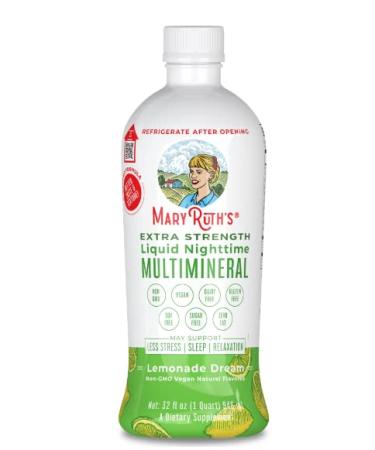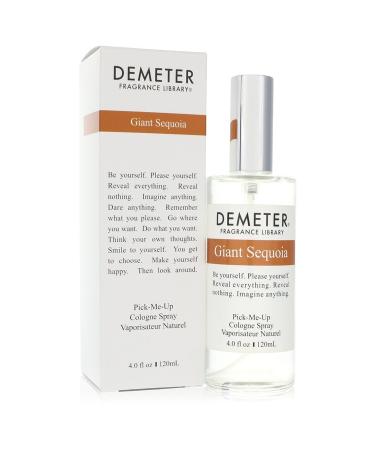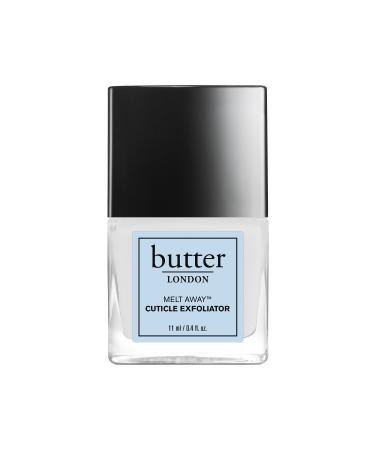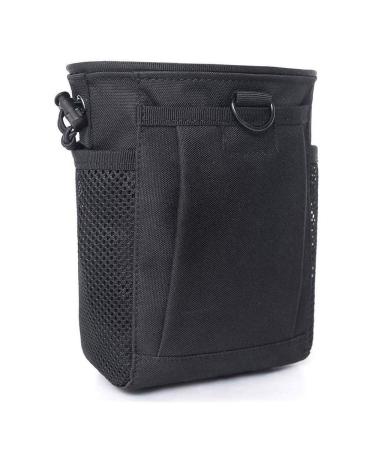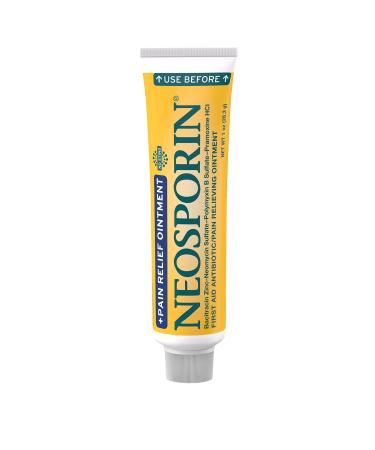Köycegiz Honey Linden Honey Our beekeepers leave their hives in the plains where linden trees are common in the vegetation of Bursa and Yalova. The harvest of Köycegiz Honey Linden Honey begins in early June when the linden blossoms meet the nature. We bring this delicious flavor to your tables with the nectar collected by the bees from the linden blossoms. Because it is not heat-treated or filtered, it has not lost any of its vitamins, enzymes, antioxidants, antimicrobial substances, or pollen content. Therefore, the crystallization of Köycegiz Linden Honey is a natural phenomenon. With its fresh taste reminiscent of menthol and its unique color, Köycegiz Linden Honey is just a click away in its most natural form from the hive. Our Analysis Certificates are collected from honey samples collected during the milking period thanks to the diligence of our bees and the great dedication of our beekeepers. All of our honey is analyzed regularly at accredited universities (Hacettepe University, Mugla University) under the supervision of leading professors specialized in the field of honey. All of our purity analyses, conducted based on the Turkish Food Codex Honey Communiqué, are available with the products. If we consider these parameters in honey separately Proline value is the dominant amino acid in Köycegiz Linden Honey. Its amount is the quality criterion of Köycegiz Linden Honey. The high or low proline value is an indicator of whether the bees have collected nectar from nature during the Köycegiz Honey Linden Honey production period. According to the Turkish Food Codex Honey Communiqué, the Proline value that must be in our Köycegiz Honey Linden Honey is at least 300mg kg. Accordingly the rate in our Köycegiz Honey Linden Honey is 476.75mg kg. Diastase value is the enzyme most found in our Köycegiz Honey Linden Honey. This enzyme is an enzyme that the bees create by secreting from their stomachs during the ripening of Köycegiz Honey Linden Honey and transfer it to Köycegiz Honey Linden Honey. The value of this enzyme indicates whether the Köycegiz Honey Linden Honey has been heat treated. The Diastase value must be at least "8" in the Turkish Food Codex Honey Communiqué. Accordingly The value in our Köycegiz Linden Honey is "9.44". The moisture value refers to the amount of water in Köycegiz Linden Honey. It plays an important role in determining the maturity and shelf life of Köycegiz Linden Honey. When Köycegiz Linden Honey is placed in the cells by bees, the moisture content is approximately 0-35. The bees reduce this moisture content below by balancing the hive temperature and beating their wings. A moisture value above is an indication that Köycegiz Linden Honey was harvested early by beekeepers. The maximum moisture value in the Turkish Food Codex Honey Communiqué is . This value is in our Köycegiz Linden Honey. Electrical conductivity is measured to determine the mineral and acid content in Köycegiz Linden Honey. Electrical conductivity can vary depending on the amount of organic acids, minerals, and protein present in Köycegiz and Linden Honey, resulting in the distinction between secretion and flower honey. According to the Turkish Food Codex Honey Communiqué, the electrical conductivity of flower honey must be at most 0.8 mS cm. The electrical conductivity value of our Köycegiz and Linden Honey is 0.76 mS cm. Free acidity and pH are the primary elements determined by the amount of organic acids, minerals, protein, and carbohydrates present in Köycegiz and Linden Honey. This process plays a significant role in the fermentation of Köycegiz and Linden Honey and in determining its secretion quality. The acids contained in Köycegiz Linden Honey not only affect the taste and flavor of Köycegiz Linden Honey, but also prevent the growth of microorganisms in Köycegiz Linden Honey. According to the Turkish Food Codex Honey Communiqué, the free acidity value of Köycegiz Linden Honey must be no more than 50meq kg. The free acidity value in our Köycegiz Linden Honey is 25.30meq kg. Hydroxymethylfurfural (HMF) is the HMF ratio in Köycegiz Linden Honey. The amount of HMF increases under the influence of parameters such as heat treatment of Köycegiz Linden Honey and long-term storage in adverse conditions. HMF is formed by the condensation of the carbonyl groups of the reducing sugars in Köycegiz Linden Honey with the amine groups of amino acids and proteins. The HMF value is an indicator of the freshness of Köycegiz Honey and Linden Honey. According to the Turkish Food Codex Honey Communiqué, the HMF content in Köycegiz Honey and Linden Honey must not exceed 40 mg kg. The HMF content in Köycegiz Honey and Linden Honey is "7.89." C4 and Delta C13 values in Köycegiz Honey and Linden Honey C13 analysis in Köycegiz Honey and Linden Honey is the most common method used to identify cane sugar, corn-based sugar, and glucose-based sugar. By considering the different photosynthetic cycles of plants, the isotope ratios between Köycegiz Honey and Linden Honey and honey protein provide information about whether Köycegiz Honey and Linden Honey have been adulterated. According to the Turkish Food Codex Honey Communiqué, the C4 sugar content in Köycegiz Linden Honey, resulting from the process between the C13 honey and protein fractions, should be no more than 7 . The C4 sugar content in Köycegiz Linden Honey is 0.00 . Sugar profile analysis in Köycegiz Linden Honey: Because Köycegiz Linden Honey is a carbohydrate food, its dry matter ratio is approximately 99 , 95 of which consists of fructose and glucose. These two monosaccharides, which give Köycegiz Linden Honey its flavor, are formed by the inversion of sucrose found in plant nectar or the secretions of insects living on the plants, using the invertase enzyme. According to the Turkish Food Codex Honey Communiqué, the sugar profile and ratio in flower honeys is at least 60g per 100g, and the fructose glucose ratio is between 0.9 and 1.4. In Köycegiz Linden Honey, the Fructose Glucose ratio is 65.87 and 1.14. There should be no sucrose in honey. Bees invert the nectar they collect, breaking it down into fructose and glucose until no sucrose remains. The presence of sucrose in honey is an indication of adulteration. There is no sucrose in our Köycegiz Linden Honey. Pollen Analysis The honey-bearing plant species that are the source of Köycegiz Linden Honey are abundant in our country. Turkey boasts a diverse range of approximately 450,000 different plants, varying depending on the region. The Köycegiz region is also an important location for pine honey. Furthermore, because our local beekeepers are nomadic, they leave their hives all over Turkey when spring arrives. Now, the bees enjoy this richness of plants and make honey. Pollen analyses performed on these milked honeys provide useful information in determining their geographic and floral origins. Pollen analysis determines the nectar-bearing plants in that region, the naming of our Köycegiz Linden Honey, and the quality and yield of our Köycegiz Linden Honey. Phenolic and Antioxidant Analysis of Our Köycegiz Linden Honey: Antioxidants are compounds that prevent cell damage by inhibiting the formation of free radicals in the body. These reactions can be toxic in foods and cause health problems. In short, antioxidant activity can reduce oxidative reactions in the body. Köycegiz Linden Honey is known to be rich in enzymatic and non-enzymatic antioxidants. Köycegiz Linden Honey is rich in flavonoids and phenolic acids, as well as antioxidant compounds such as tocopherols, alkaloids, and ascorbic acid. The color of Köycegiz Linden Honey generally depends on the carotenoids and flavonoids it contains. Darker-colored honeys have a higher antioxidant content. In short, honey is rich in antioxidants, and this can vary depending on the region and season. The phenolic compound content in Köycegiz Linden Honey is 537.95 mgGAE kg.



